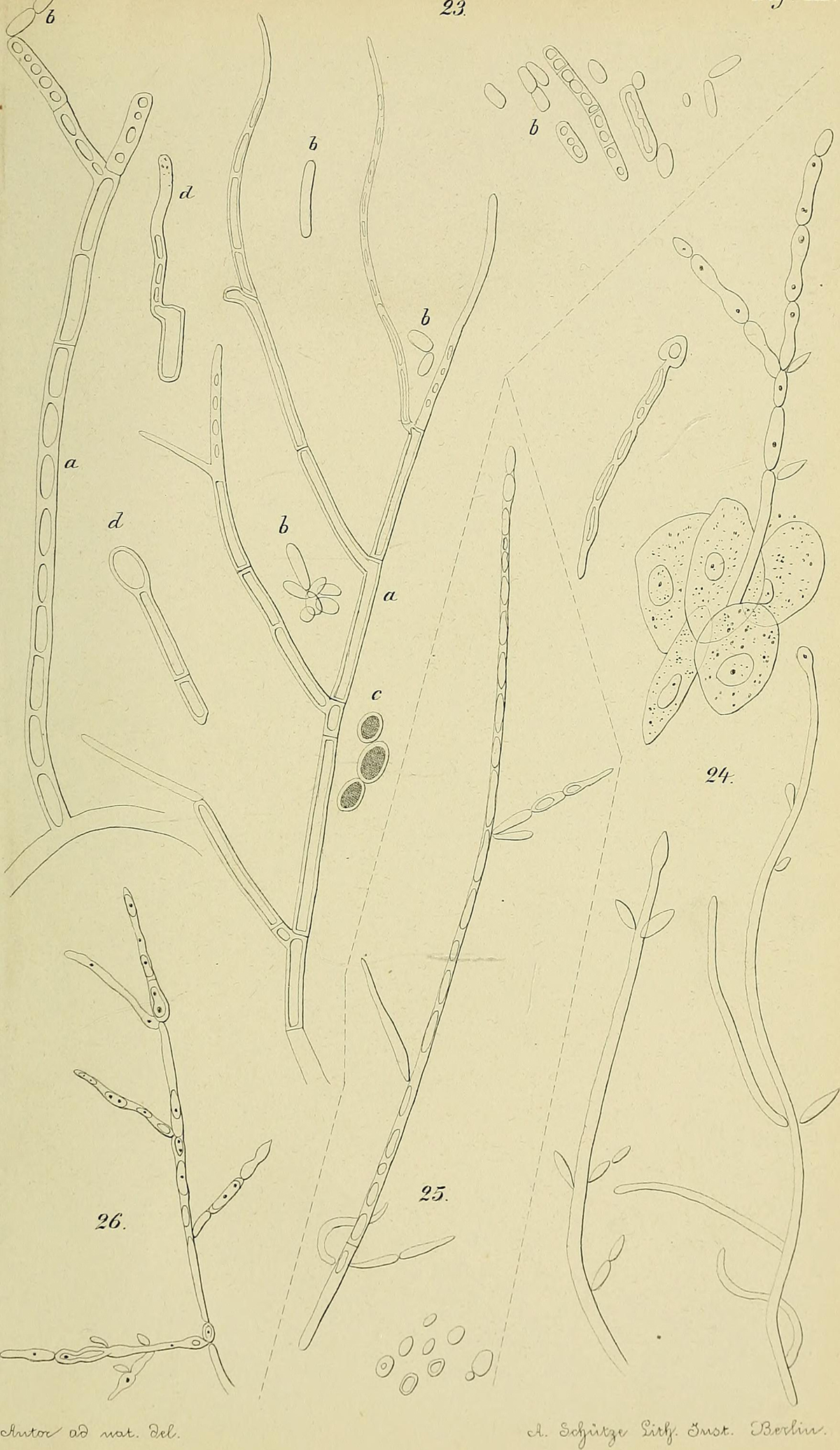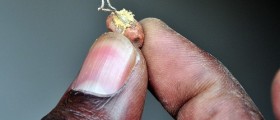
Fungi
Fungi are the large group of organisms, separated fromanimals and plants, and highly versatile in size, shape and complexity. There aretiny microscopic organisms and also mushrooms, both belonging to the fungigroup.
Each fungus is different, but they all have somesimilarities: they are made of rigid cells and inside the cell there is anucleus, surrounded by a membrane. Fungi can’t photosensitize because they don’thave the pigment needed for this process (chlorophyll).
Fungi Diseases
Some fungi may cause illness, when they invade human organism. Theseillnesses are known as mycoses. According to the infected tissue and the way fungusentered the organism, mycoses are divided into:
SuperficialSubcutaneousCutaneousSystemicSuperficial mycoses are usually caused by the fungi on ourhair and skin. The fungi infect only the outer of skin and nails, causing lessdamage than any other type of mycoses. These fungi never invade the human bodyand remain only on the surface level. There are different types of fungi thatcause superficial mycoses. Trichosporon sp. usually causes tinea blanca orwhite piedra. Malassezia furfur is the fungus responsible for tinea versicoloror pityriasis versicolor. Hortaea wernecki cause tinea nigra and Piedrae hortaecauses black piedra.
Subcutaneous fungi infections affect the subcutaneous tissueof the body. These mycoses often occur when the skin gets damaged. Fungi invadethe skin and penetrate into the dermis, causing the infection. In most cases,these are local infections, but in immune-compromised patients (including theHIV/AIDS patients) subcutaneous mycoses might penetrate into deeper layers andcause deep infections. Sporotrix schenckii is a cause of subcutaneous infectionsof the skin, lungs and sometimes generalized infection of the whole body, knownas sporotrichosis. There are also other types of subcutaneous fungi infections,such as mycetomas, chromomycosis, chromoblastomycosis, phaeophomycosis,lobomycosis and rhinosporidiosis.
Cutaneous mycoses are the infections of the deeper layers ofthe hair, nails and epidermis (skin). Dermatophytes are the agents that cause mostof these mycoses, but they could be also caused by Microsporum, Epidermophytonor Trichophyton. The most common cutaneous mycoses are tinea or the ringwormand the athletes’ foot.
Systemic mycoses are the fungi infections that spread to thewhole human organism. Fungi usually enter the body through intravenous lines, lungsor gastrointestinal tract and cause severe infections. Systemic fungi infectionsmight be caused by primary pathogenic fungi, causing blastomycosis, coccidiomycosishistoplasmosis and paracoccidioidomycosis, or by the opportunistic fungi. Opportunisticfungi cause aspergillosis, candidiasis and cryptococcosis.










_f_280x120.jpg)






Your thoughts on this
Loading...